Your morning brew, made by you, perfected by Breville.
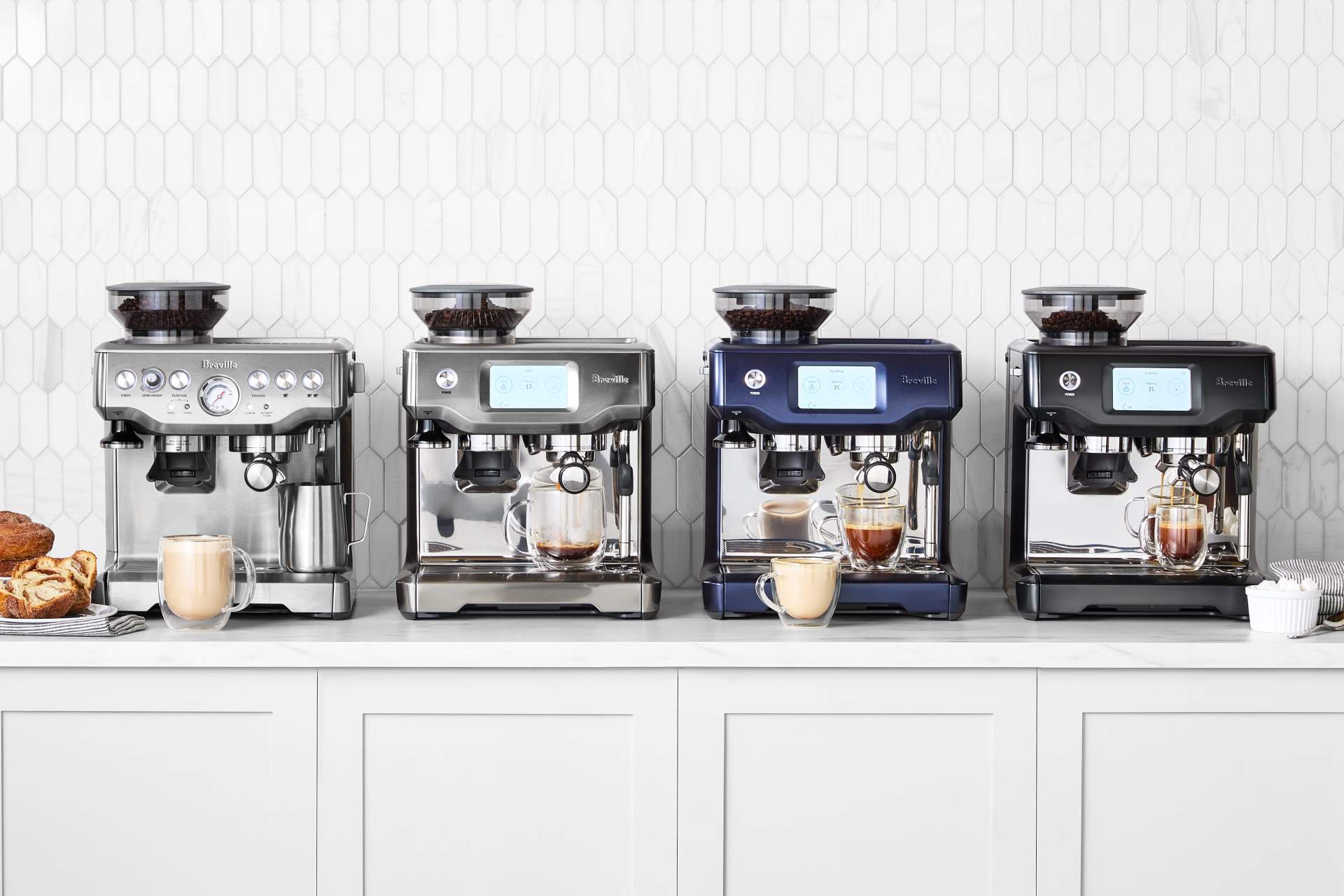
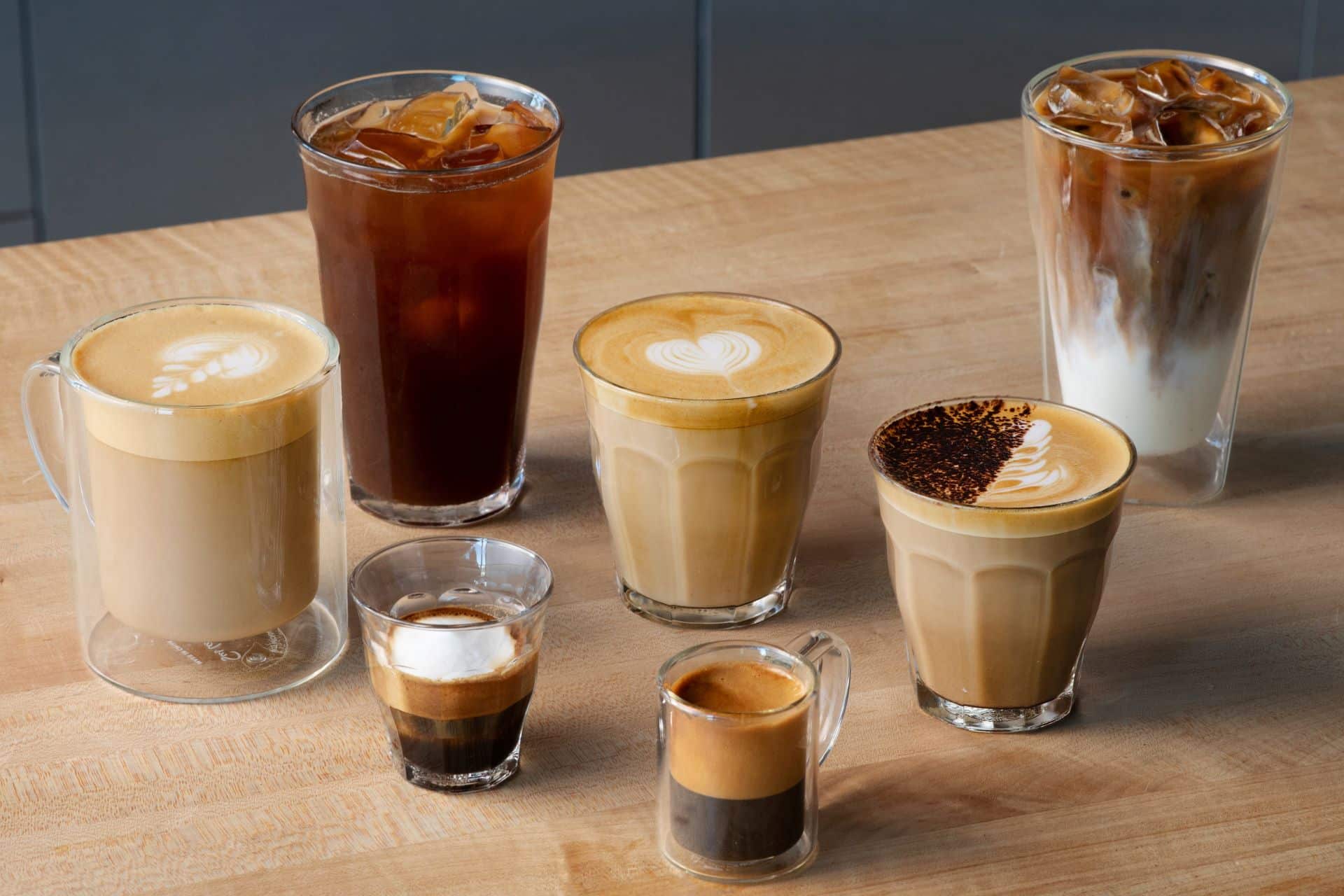
From lattes and espressos to the classic drip, coffee is a part of millions of people’s morning routine—and for many, it’s an essential beverage sipped on throughout the day! In fact, the average American drinks just over 3 cups a day, with about two-thirds of us drinking coffee daily.
While many people might think America leads the world in coffee consumption, the US isn’t even listed as one of the top 20 countries for coffee drinkers. Nordic countries like Finland and Sweden actually drink the most coffee.
From its beginnings in Ethiopia to its current status as a global staple, there is still a lot to learn about this beloved beverage. In this article, discover 12 surprising and interesting facts about coffee that you may not know.
Hungry for more? Stop by your local Sur La Table October 20—22 for our Coffee Open House Event! And explore our coffee and tea essentials for discounts on your favorite brands and everything you need for that perfect cup o’ joe.
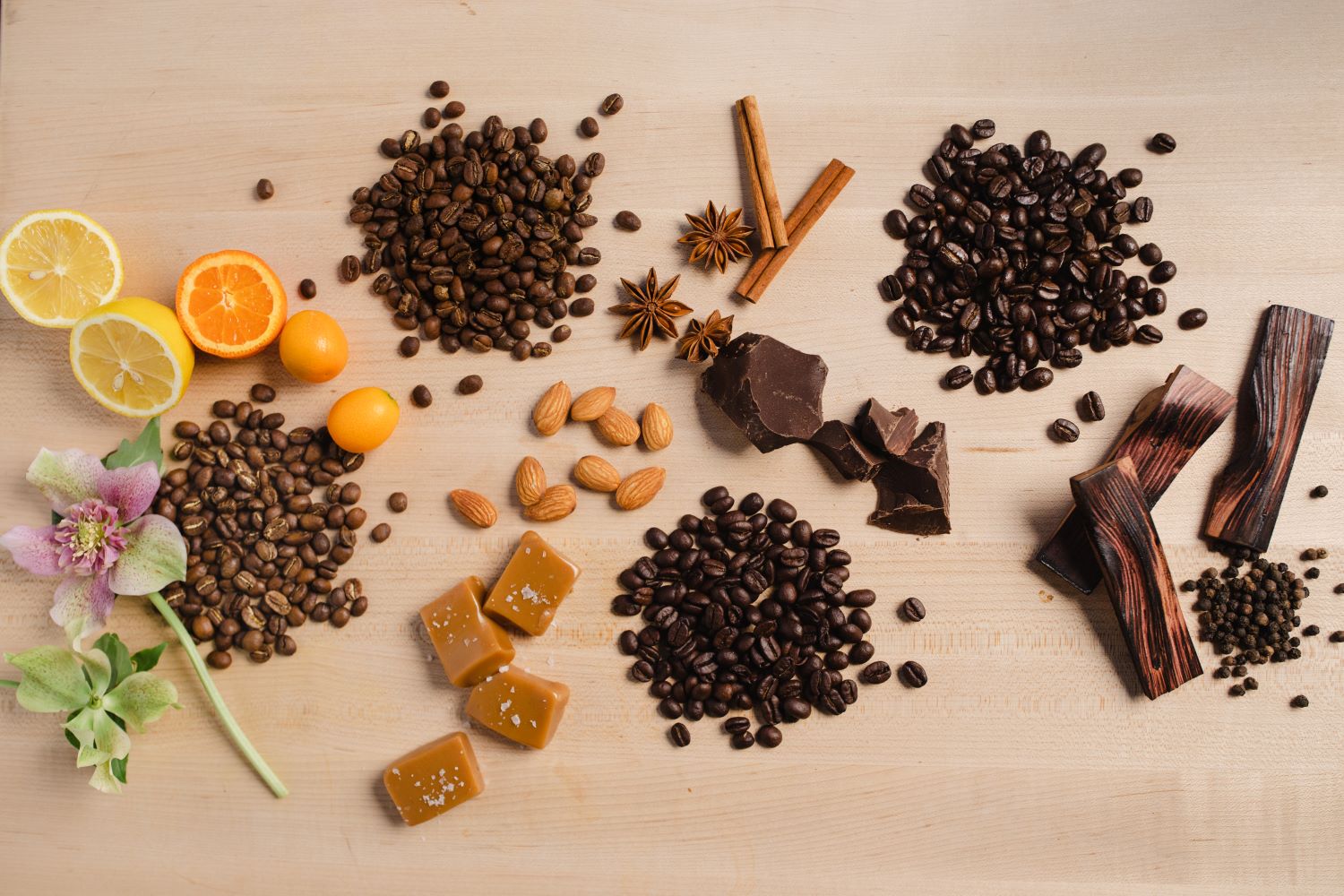
The coffee plant is a shrub that grows in tropical climates in parts of Africa, Asia, South America and North America. It produces an edible berry-like fruit known as a coffee cherry, which typically contains two coffee beans. These beans are then processed and roasted to create the coffee we know and love.
Coffee beans are picked when they are ripe and have reached their maximum size.
They’re green in color and have a smooth texture, with a grassy, earthy aroma that is reminiscent of unroasted nuts or grains. After roasting, coffee beans become darker and softer. The aroma and flavor of the beans becomes more complex and intense, with notes of chocolate, caramel and smoke.
Brazil is the largest producer of coffee in the world, accounting for approximately a third of the world’s total coffee production. This is largely due to the climate and soil conditions in Brazil, which are ideal for growing coffee.
This country is home to a number of different types of coffee beans, including Arabica, Robusta and Liberica.
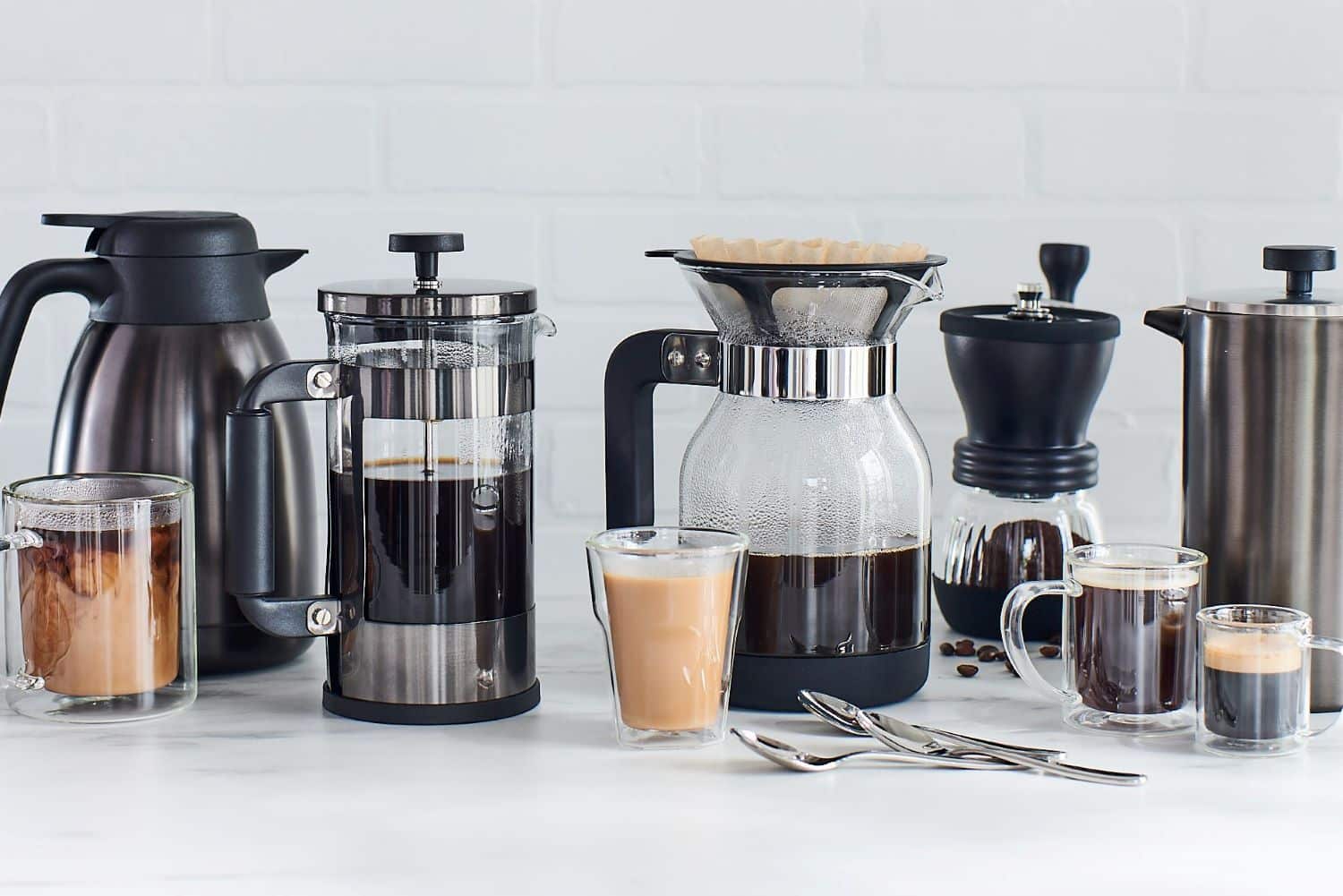
The exact origin of coffee is a mystery, but historians believe it began in Ethiopia around the 15th century.
According to legend, an Ethiopian goatherd named Kaldi noticed his goats were particularly energetic after eating a certain berry. Upon tasting the berry himself, he found that he too felt more awake and alert.
Word of Kaldi’s discovery spread quickly, and soon, monks in the area were brewing a beverage made from the berries. They found that the drink helped keep them awake during long hours of prayer.
From Ethiopia, coffee spread to other parts of Africa and eventually to the Middle East. In Turkey, it became particularly popular and soon spread to the rest of Europe. By the 17th century, coffee had become a popular beverage all over the world.
Coffee is one of the world’s most beloved beverages, and its flavor and aroma depend largely on the type of bean used. You can typically find a couple different types of coffee beans available in stores, each with their own unique flavor characteristics, but there are a lot of subvarieties of beans that exist, too. Some of the most popular types of beans include:
Different subvarieties of coffee beans are grown in different countries and regions, and each type of bean has its own unique characteristics and flavor profile.
The first known coffee house was established in 1475 in Istanbul, Turkey. The coffee house, known as “Kiva Han,” served a wide variety of coffee drinks that had been brought to the city by traders from Yemen, Ethiopia and other parts of the world.
Another fun coffee fact: Coffee houses have always been about more than just the coffee!
Kiva Han also featured a variety of other activities and became known as a place where intellectuals, politicians, poets, writers and philosophers were able to discuss news and ideas, write, share stories and debate. This type of coffee culture still exists today, with coffee shops still serving as a popular gathering place where people can come together to share a drink and conversation.

Starbucks is the world’s largest coffee company, with more than 30,000 stores in over 75 countries. Founded in 1971 in Seattle, Washington, Starbucks has the most stores in the United States—with China having the second highest market globally.
A surprising fact about coffee is that light roast beans contain more caffeine than dark roasts!
This is because light roast beans are roasted for a shorter amount of time and at a lower temperature than dark roast beans, so they retain more of their natural caffeine content. Light roast coffees have a milder flavor and aroma compared to dark roast coffees.
Dark roast coffees, on the other hand, have a bolder flavor and aroma. The beans are roasted longer and at a higher temperature, resulting in a less acidic taste and lower caffeine content.
Coffee can be expensive, especially if you’re getting it at a coffee shop every day, but it’s typically considered an affordable drink when made at home. However, there’s an especially rare type of coffee called Kopi Luwal with an infamously pricey reputation—and it’ll set you back about $600 per pound!
Kopi Luwak is produced in Indonesia and is made from the beans of coffee berries that have been eaten by the Asian palm civet, a small cat-like animal, and then excreted. The beans are collected, cleaned and roasted to produce a unique flavor with a smooth, full body and intense aroma. Kopi Luwak is known for its distinctive taste and its rarity, as the Asian palm civets are highly selective about which beans they eat.
Coffee can become bitter due to a number of factors, such as over-extraction, too fine of a grind, over-roasted beans or brewing at too high of a temperature.
In general, the more time coffee grounds are exposed to hot water, the more bitter the resulting brew can be. Caffeine can also increase the bitterness and astringency of the coffee, which can make it taste more intense and less sweet, while decaffeinated coffee tends to have a milder taste.
Did you know that even that midday cup o’ decaf has caffeine in it?
This is because the decaffeination process isn’t perfect, and it’s almost impossible to remove all the caffeine from a coffee bean. But, if you’re looking for a warm drink before bed, don’t worry—decaf still has significantly less energy-boosting magic than its full-strength counterpart. According to the FDA, an eight-ounce cup of decaf has between two and 15 milligrams of caffeine, while a normal coffee has around 80 to 100 milligrams.
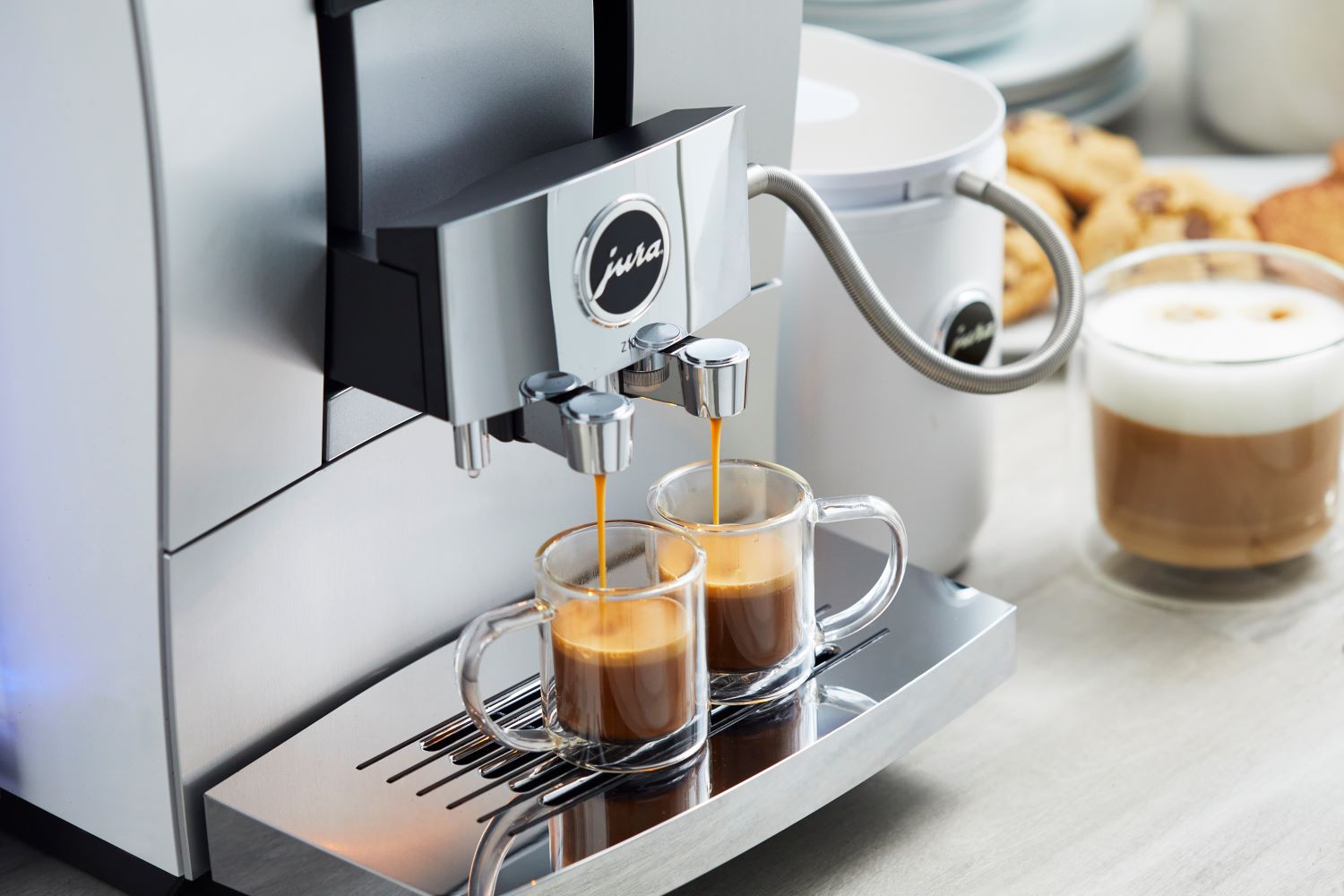
Achille Gaggia was an Italian inventor who is best known for inventing the modern espresso machine in 1938.
Gaggia was a café owner who wanted to recreate the espresso-making process that was traditionally done by hand. He experimented with different methods and eventually created what we know today as the piston-driven espresso machine. This machine used a lever to manually compress hot water through finely ground coffee beans, creating a rich and intense espresso.
Hungry for more? Stop by your local Sur La Table October 20—22 for our Coffee Open House Event! And explore our coffee and tea essentials for discounts on your favorite brands and everything you need for that perfect cup o’ joe.
This coffee article is fantastic, had no idea about this information. You made my day, as I’m drinking my Nespresso coffee. Thank you ????
Thank you Judy! We’re so happy you enjoyed the article!